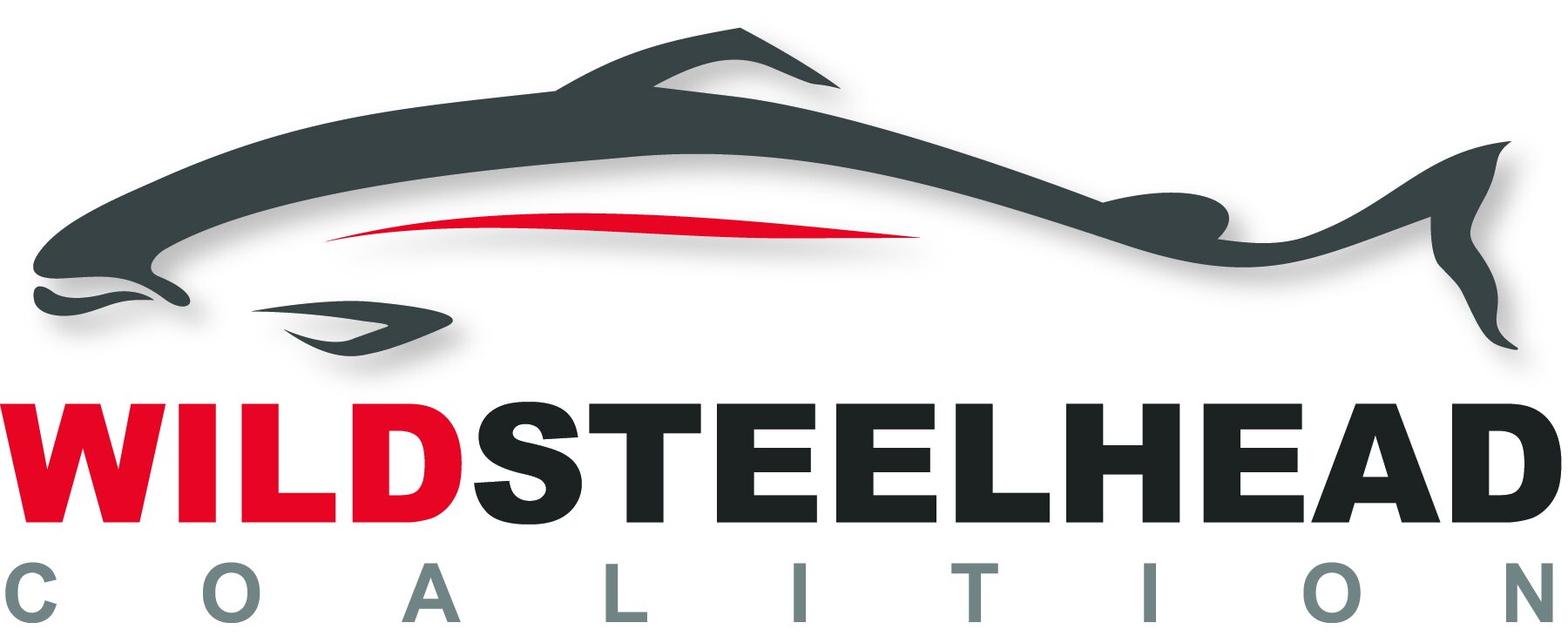Every Tool in the Kit: Columbia Wild Steelhead Need More Robust Recovery Efforts
Last week, the Oregon Department of Fish and Wildlife (ODFW) hosted a two-hour webinar on the status of Columbia Basin steelhead, the results of their recent angler survey, and new potential frameworks to regulate fishing seasons according to escapement targets and in-season numbers at Bonneville Dam during key touchstones throughout the season.
There was a ton of information presented on key tributaries and anglers interested in potential upcoming fishing seasons and Columbia steelhead populations should find time to watch the presentations and download the accompanying materials.
The numbers speak for themselves. We are in a sustained period of grim returns in the Columbia Basin. Wild steelhead numbers have been terrible the last five seasons, and culminated in the lowest count ever recorded last year. It is an emergency, and unfortunately the forecast for the upcoming season remains poor. (Hopefully the expected fish actually arrive. Last year the actual returns were nearly 30% lower than the forecast.)
Emergency fishing regulations are expected in such a critical situation and most anglers see the logic of getting as many wild fish onto the spawning gravel as possible when populations are missing conservation goals by such a wide margin.
That said, while limiting angling impacts is necessary, such low run counts demand an even more robust and comprehensive response from managing agencies.
We were glad to see ODFW representatives point towards the need for huge improvements in the management of the Federal Hydropower System. (We’ll add, more explicitly: #FreeTheSnake.) In the long term, letting the Columbia and Snake function as cold, flowing rivers again instead of hot, stagnant impoundments is fundamental to recovery of steelhead, salmon, sturgeon, lamprey, and other keystone native fish throughout the basin.
But in the near term, along with conservative fishing seasons, we need to see massive investments in all the impacts managers can immediately control. When wild steelhead numbers are this low, every lever must be pulled to give the fish a fighting chance: Enforcement of water quality regulations on the Lower Deschutes; accelerated and much more extensive habitat restoration and reconnection efforts throughout the basin; hatchery reform that reduces impacts on wild fish; more work to reduce avian and pinniped predation; new efforts to grapple with booming populations of warmwater invasive predators like smallmouth bass, walleyes, and catfish; and much more scrutiny and effort to reduce bycatch in lower river commercial gillnet fisheries.
We are experiencing unprecedented low numbers of wild steelhead. Our managing agencies - State and Federal - should be responding with equally unprecedented efforts to address every factor possible.
When we look at counts over the course of recent decades, we see that wild steelhead returns were low in the late 1990s, but numbers rebounded in subsequent years. (Certainly nowhere near historical populations, but far better than we’ve seen during the past five years.) Today, poor ocean conditions, drought, and high temperatures in freshwater mean we now face additional factors from Climate Change beyond what we did then, but that should only drive more urgency to take the necessary steps while we still can.
The wild fish are resilient. Let’s do what it takes to ensure they get everything they need to recover.
Anglers are the ones who can be counted on to speak up for the fish. We must use our voice to tell managers and elected officials that we want comprehensive action taken on behalf of the Columbia Basin’s wild steelhead.
/ / / / /
In the meantime, take time to watch the recent ODFW presentation if you missed it.
Ideally, we’ll see a similar presentation from Washington Department of Fish and Wildlife (WDFW) staff soon. We’d like to hear about the status of Klickitat River and other Washington wild steelhead populations, what the Department is planning for fisheries this season, and what is their plan to match Oregon’s efforts to provide cold water refuges for migrating fish.






